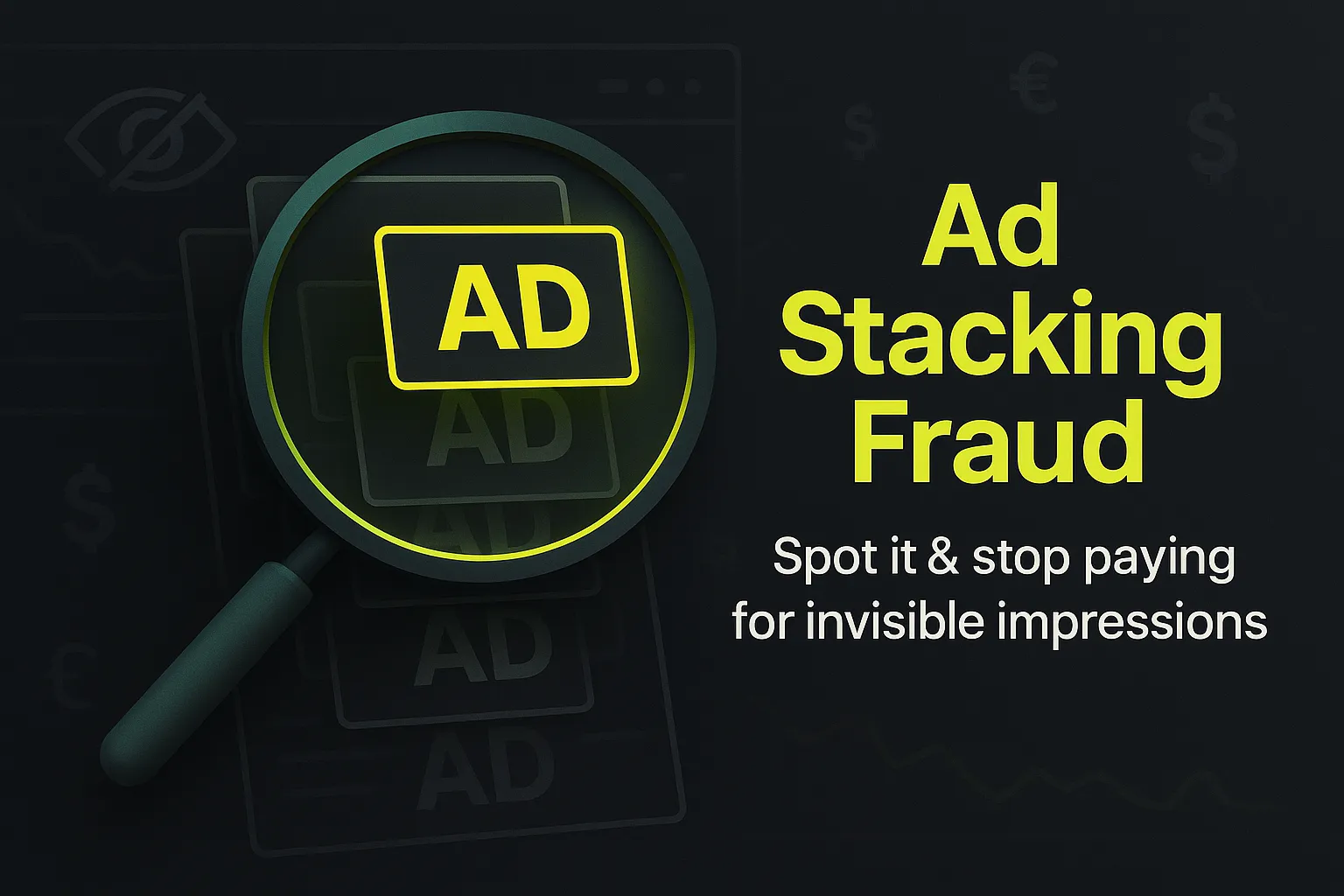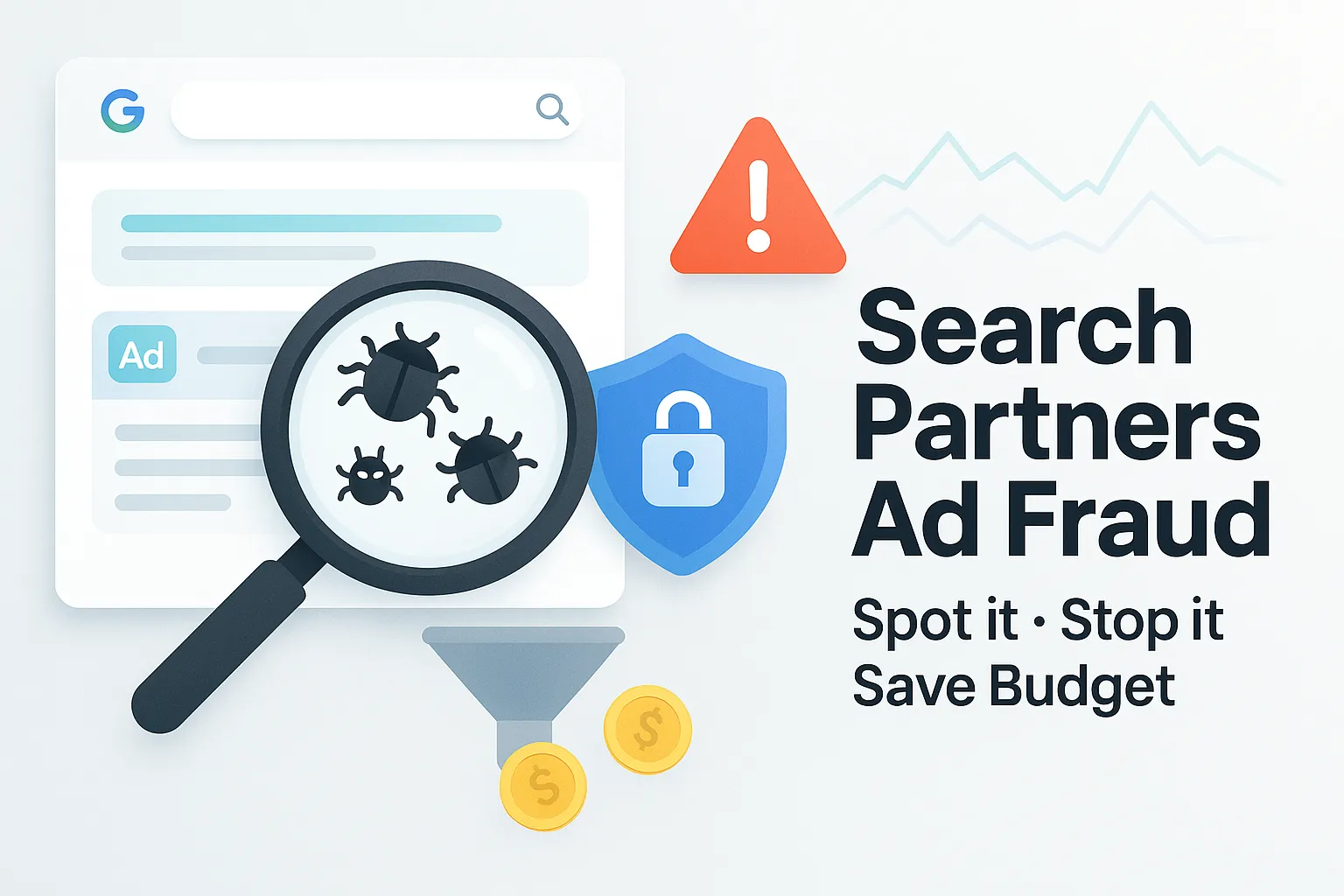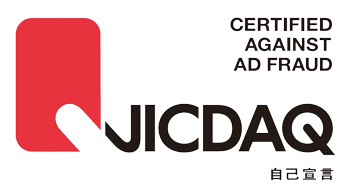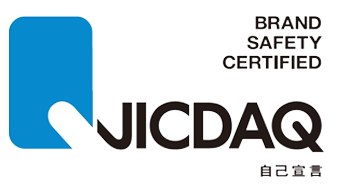Digital Ad Sizes 2025: Guide to Different Banner Ad Sizes

In this updated 2025 guide, we provide a comprehensive overview of digital ad sizes and formats across Google, Facebook (Meta), and Microsoft Ads. You’ll find up-to-date suggestions, key best practices, and compliance requirements for each ad network; ensuring your campaigns are effective, optimized, and futureproofed against evolving privacy and policy standards.
Google Ads
Google Ads offers a broad and ever-evolving range of formats, including responsive, static, animated, and video/interactive options to provide advertisers flexibility and reach.
Common Display Ad Sizes (2025 Standard)

Key Updates:
- Responsive Display Ads are now the default and recommended format, adapting to all available inventory across web and app placements.
- Video & Interactive Spots: Video ads (e.g., MP4, MOV) and interactive (HTML5, AR/VR) ad types are surging in popularity.
- Voice-interactive ads are emerging, especially for mobile and smart speakers.
Best Practices for Google Ads
- Use high-quality, relevant images (preferably 2x resolution for retina displays).
- Ad file size: under 150KB for static images; up to 2MB for some video/interactive formats (check platform limits).
- Prioritize responsive formats: Google adapts assets to various sizes for optimal reach.
- Use clear, concise headlines and copy.
- Use contrasting colors to help your ad stand out.
- Advanced: Experiment with HTML5 and video to increase engagement.
- Ensure compliance with Google’s evolving ad policies, including privacy and targeting transparency.
- Be sure to read up on How to Stop Your Google Ads from Displaying on Non-Targeted Marketing Channels
Facebook (Meta) Ads
Facebook and the broader Meta ecosystem (including Instagram, Messenger, Audience Network) now support a wide range of placements. Moreover, with 97.4% of users coming in via mobile, the focus has shifted heavily towards mobile formats, vertical video, and personalized targeting.

Feed Image Ads
Single image ads are the most common type of Facebook ads. They consist of a single image with some accompanying text. The recommended image size for single image ads is at least 1,080 x 1,080 pixels. This size works well for both desktop and mobile devices.
Other things to note are:
- Don’t use more than 20% text on images
- Only use JPG or PNG files
- Headline and link description character limits are 27 characters to avoid being cut off
Video Ads
Video ads are becoming increasingly popular on Facebook. The recommended size for a video ad is at least 1,080 x 1,080 pixels. This size will work well for both desktop and mobile devices. It’s also recommended that you include captions and don’t have black bars around the outside.
Other things to know are:
- Max file size is 4GB
- Max video length is 241 minutes
- MP4, MOV or GIF recommended
Carousel Ads
Carousel ads allow businesses to showcase several images or videos in a single ad. The recommended image size for carousel ads is 1,080 x 1,080 pixels with a ratio of 1:1.
Businesses can use up to 10 images or videos in a carousel ad, with each one having its own headline, description, and call-to-action.
Remember:
- Don’t have more than 20% text
- Image file types: JPG or PNG
- Text limits are: 125 characters, Headline: 32 characters, Link Description: 18 characters
Collection Ads
Collection ads are designed for mobile devices and allow businesses to showcase multiple products in a single ad. The recommended image size for a collection ad is 1,200 x 628 pixels, while the minimum size is 600 x 600.
The ad will feature a cover image, as well as several product images, descriptions, and call-to-action buttons.
Be aware:
- Image ratio should be 1:1
- Maximum image file size: 30MB
- Use JPG or PNG
- Text should be 125 characters with headlines less than 40 characters to avoid being cut off
You can also have video Collection Ads that should be 1080 x 1080 pixels.
Facebook Marketplace Ads
With Marketplace Ads, businesses can reach a large audience of potential customers who are actively looking to buy and sell items in their community.
- Single image ad: 1200 x 1200 pixels (recommended)
- Carousel ad: 1080 x 1080 pixels
- Collection ad: 1200 x 628 pixels for the cover image and 600 x 600 pixels for the product images
- Video ad: Recommended video size is 1280 x 720 pixels with a minimum width of 600 pixels.
Facebook Instant Articles
Facebook Instant Articles are a feature that allows publishers to create fast-loading, interactive articles within the Facebook app. Instant Articles provide a seamless reading experience for users, as they can view articles without leaving the Facebook app, and with faster loading times than traditional web articles.
In addition to displaying content, Facebook Instant Articles also support ads. Ads can be inserted within the article content, and can be a combination of images, videos, or carousel ads.
Image ads: 600 x 600 pixels (minimum), 1200 x 1200 (recommended)
Video ads: 1080 x 1080 pixels
Carousel ads: 1080 x 1080 pixels
Best Practices for Facebook Ads
Here are some best practices for creating effective Facebook ads:
- Know your audience: Before creating your ad, define your target audience and tailor your message to their interests and needs. Use Facebook's targeting options to reach the right people based on factors such as demographics, interests, behaviors, and location.
- Use eye-catching visuals: Use high-quality, attention-grabbing visuals such as images or videos to make your ad stand out. Ensure that your visuals are relevant to your message and resonate with your target audience.
- Include a clear call-to-action (CTA): Include a strong and clear CTA that tells your audience what you want them to do, such as "Shop now," "Learn more," or "Sign up." Make sure your CTA is consistent with your ad's objective.
- Test and optimize: Run A/B tests to test different versions of your ad, such as different visuals or messaging, and see what works best for your audience. Use Facebook's ad performance data to optimize your ads over time.
- Follow Facebook's ad policies: Make sure your ad complies with Facebook's ad policies, which include guidelines on prohibited content, restricted content, and community standards.
- Monitor and adjust your ads: Monitor the performance of your ads regularly and make adjustments as needed to improve their effectiveness.
Microsoft Ads
Microsoft Advertising (formerly Bing Ads) offers a variety of ad formats and sizes to choose from. Here are some of the common ad sizes available in pixels:

Creative File Specs:
- Static: PNG/JPG up to 150–250 KB.
- HTML5: Up to 500 KB. Video: MP4 (15–30 seconds preferred), up to 4 GB.
- Interactive/animated: HTML5 recommended for cross-device reach.
Best Practices for Microsoft Ads (2025)
While many best practices for Microsoft Advertising are similar to those for other search engine advertising platforms, there are some unique best practices specific to Microsoft Advertising. Here are a few:
- Use LinkedIn profile targeting:
Microsoft Advertising allows you to target users based on their LinkedIn profiles, making it a powerful tool for B2B advertising. You can target users based on job title, company name, industry, and more. - Take advantage of Microsoft Audience Network:
The Microsoft Audience Network is a collection of premium advertising inventory across multiple channels, including Outlook.com, Microsoft Edge, MSN, Xbox, Windows 11 widgets, and other Microsoft properties. It's important to create ads specifically for the Microsoft Audience Network, as different ad formats may perform better on different channels. - Use ad customizers:
Ad customizers allow you to dynamically insert information such as prices, countdowns, locations, and other product data into your ad text, making your ads more relevant and personalized. This is particularly useful for businesses with large inventories or multiple locations. - Utilize Microsoft’s keyword and campaign planning tools:
Microsoft Advertising provides built-in keyword research and campaign optimization tools (such as Keyword Planner and automated recommendations driven by AI). These tools offer insights into keyword performance, search volume, suggested bid amounts, and trends, helping you optimize your campaigns effectively. - Consider targeting voice and conversational searches:
Microsoft Advertising allows you to reach users performing voice searches, which continue to rise with the growth of smart speakers, Bing Chat, Copilot, and other AI-driven search experiences. Optimizing your campaigns for voice and conversational search can expand your reach to users looking for information using natural language. - Leverage AI and automation:
Take advantage of Microsoft Ads’ AI-powered tools for bidding, targeting, responsive ad creation, and audience segmentation. Features like Performance Max campaigns and Dynamic Search Ads (DSAs) can help automate and optimize ad delivery at scale, saving time and improving results. - Expand into video and Connected TV ads:
Microsoft Ads now supports a variety of video formats, including placements on the Microsoft Audience Network and Connected TV (CTV) platforms. Video campaigns, often enhanced with LinkedIn targeting, are effective for both B2C and B2B objectives. - Use ad extensions for better visibility:
Implement ad extensions like sitelinks, callouts, structured snippets, location extensions, and call extensions to improve your ad’s relevance and visibility, which can drive higher click-through rates. - Stay up to date with privacy and compliance requirements:
As privacy regulations continue to evolve in 2025, ensure your campaigns comply with data transparency, consent, and user privacy standards. Clearly disclose data usage, obtain explicit consent when required, and use Microsoft’s privacy-compliant tools and settings.
By following these updated best practices and regularly reviewing Microsoft’s latest advertising policies and features, you can maximize the effectiveness and compliance of your Microsoft Ads campaigns in 2025.
Why Size (and Format Choice) Still Matters
Choosing the right display ad size and format directly impacts the visibility and results of your campaigns. Larger and mobile-optimized sizes are often more prominent, boost CTR, and maximize inventory access.
Responsive, interactive, video, and mobile-specific ad designs are critical in 2025 for adapting to evolving user behaviors, screen sizes, and new placement types.
Compliance and Fraud Protection
With rising regulations, ensuring your campaign meets all privacy, transparency, and data-use requirements is vital—especially for Meta and Google. Always provide transparency on data usage, obtain explicit consent where required, and keep to current ad platform standards.
Be sure all clicks on your ads are 100% legitimate by using a powerful ad fraud solution. To discover more about how Spider AF works, start your free 14-day trial now.
Frequently Asked Questions about Digital Ad Sizes in 2025
What are the standard banner ad sizes for Google Ads?
Examples include Medium Rectangle (300x250), Leaderboard (728x90), Wide Skyscraper (160x600), and various mobile and responsive formats.
How can I ensure my banner ads work effectively on Google’s Display Network?
Use high-quality images, clear messaging, and responsive formats. Keep file sizes within limits and design for fast loading and mobile-compatibility.
What are the best practices for Facebook Ads to optimize for mobile users?
Use images at least 1,080 x 1,080 pixels, minimal text, approved file types, and respect updated character limits for headlines and descriptions.
Are the 20% text rule and tight text character limits still in effect?
The 20% text rule is no longer strictly enforced, but less text typically improves performance. Heed recommended headline/description truncation limits for optimal display.
What are the important 2025 compliance updates?
Follow enhanced privacy and data transparency requirements, use targeting responsibly, and keep up with frequent platform policy updates.
Maintaining up-to-date creative assets, understanding platform changes, and ensuring compliance with new privacy and technical standards will enable your ads to perform as effectively as possible in 2025.
How can I protect my advertising campaign from ad fraud on digital advertising platforms?
To protect your advertising campaign from ad fraud on digital advertising platforms, it is recommended to use a powerful ad fraud solution. Tools like Spider AF can help ensure that all clicks on your ads are legitimate, reducing the risk of fraudulent activities and improving the return on investment for your advertising campaigns.
Spider AF is currently offering a free 14-day trial of its award-winning ad fraud protection tool. To begin your free trial, click here.



















